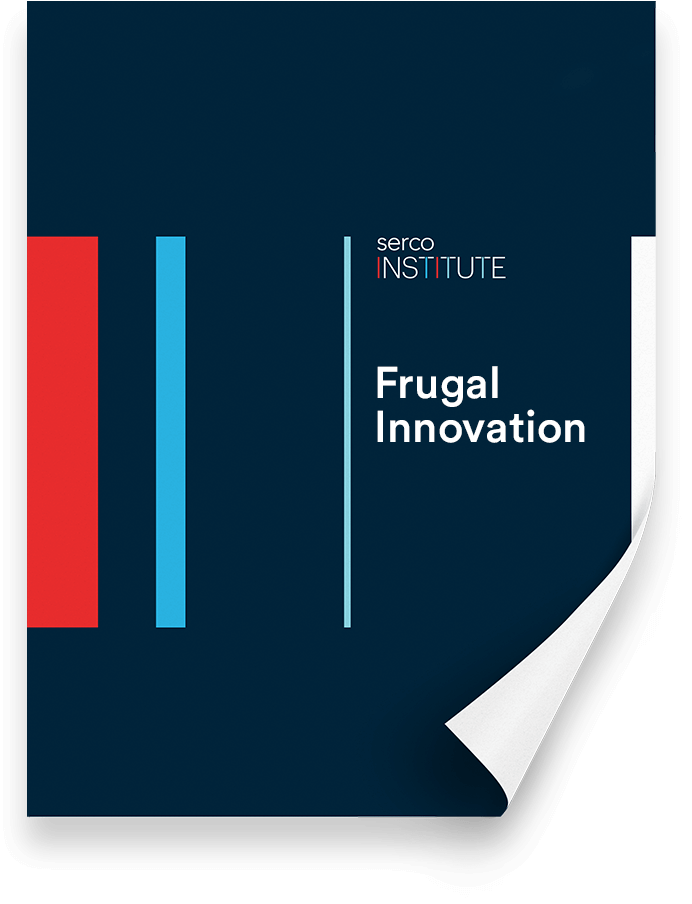
“Frugal Innovation" is the idiom applied to this sweeping revolution in public service design and delivery. The term is used in India and other developing economies to describe innovation that minimises costs by creating frugal solutions to deliver improved or previously non-existent public services. Frugal innovation has given more people access to a wider range of services.
Western governments today seek to manage large public deficits whilst striving to serve the rising expectations of citizens. There is a buzz emanating from emerging economies that has caught the imagination of Western leaders in their bid to deliver growth in sluggish fiscal environments. In a keynote speech in 2011, British Prime Minister, David Cameron, called for the same "drive to succeed" that is seen in Delhi, Shanghai or Lagos. Though, as businessman Harjeet Johal, who has run large retail companies in the UK and India, points out, the incentives to succeed in the different geographies are divergent:
"David Cameron wants some Delhi 'drive'. In his conference speech, he called for Britain to find its inner energy and to start a national fight back, with all the fire of those in the developing world. But having lived and run companies in India, I know that this fight is going to be a knock-out with us on the canvas, as we British lack the reason to be driven".
Although the social and economic challenges of India are of a different order to the fiscal crises currently faced largely by Western developed countries, this paper provides insights into how solutions developed from the bottom-up in some of the most challenging public service environments can better meet the needs of citizens. It investigates a range of new perspectives applied to services by over 40 social enterprises in India. It challenges the notion that uniformity in delivering public services driven by a top-down centralist ideology translates into good value for money.
